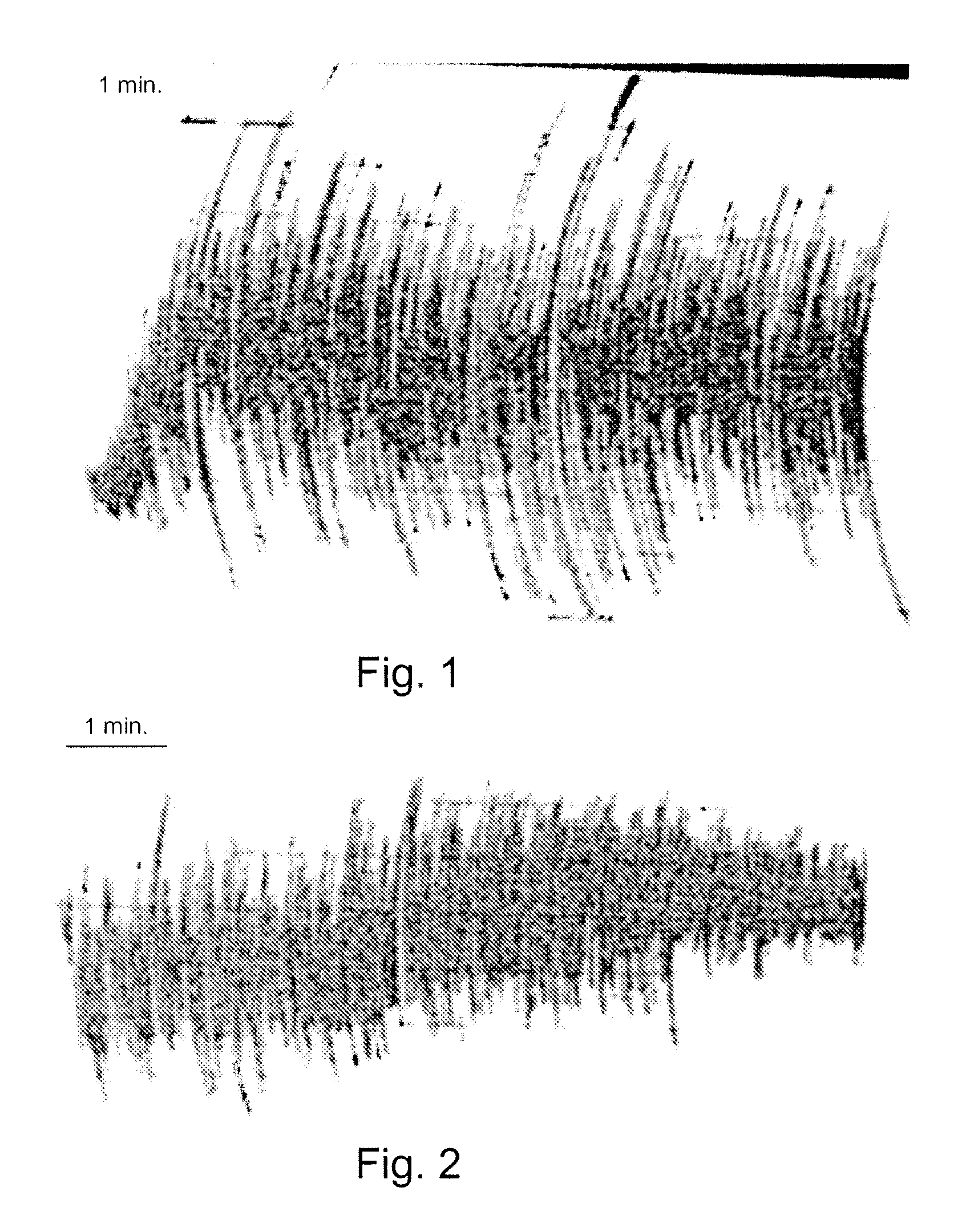Leavened products made from non-wheat cereal proteins
a technology of cereal proteins and products, applied in the field of leavened products made from non-wheat cereal proteins, can solve the problems of poor patient compliance, no known protein substitute for wheat gluten, and poor quality compared to wheat-based breads
- Summary
- Abstract
- Description
- Claims
- Application Information
AI Technical Summary
Benefits of technology
Problems solved by technology
Method used
Image
Examples
Embodiment Construction
[0025]The invention generally relates to the use of non-wheat prolamins or other cereal storage proteins alone or in combination with certain co-proteins as functional replacements for gluten in gluten-free flour. The invention relates to compositions comprising one or more non-wheat prolamins or other cereal storage proteins in combination with one or more co-proteins for the preparation of leavened dough for baked products, including bread, pizza and related products. The co-protein is a protein, other than a wheat protein, which stabilizes β-sheet formation in the non-wheat prolamin or other storage protein. In specific embodiments, the co-protein is a cross-linking or binding protein that stabilizes β-sheet formation in the non-wheat prolamin. In more specific embodiments, the co-protein is casein or elastin. In other specific embodiments, the co-protein is gamma-zein and analogous non-wheat cereal proteins. The invention provides improved flour and dough for making leavened bak...
PUM
| Property | Measurement | Unit |
|---|---|---|
| temperature | aaaaa | aaaaa |
| temperature | aaaaa | aaaaa |
| temperature | aaaaa | aaaaa |
Abstract
Description
Claims
Application Information
 Login to View More
Login to View More - R&D
- Intellectual Property
- Life Sciences
- Materials
- Tech Scout
- Unparalleled Data Quality
- Higher Quality Content
- 60% Fewer Hallucinations
Browse by: Latest US Patents, China's latest patents, Technical Efficacy Thesaurus, Application Domain, Technology Topic, Popular Technical Reports.
© 2025 PatSnap. All rights reserved.Legal|Privacy policy|Modern Slavery Act Transparency Statement|Sitemap|About US| Contact US: help@patsnap.com


